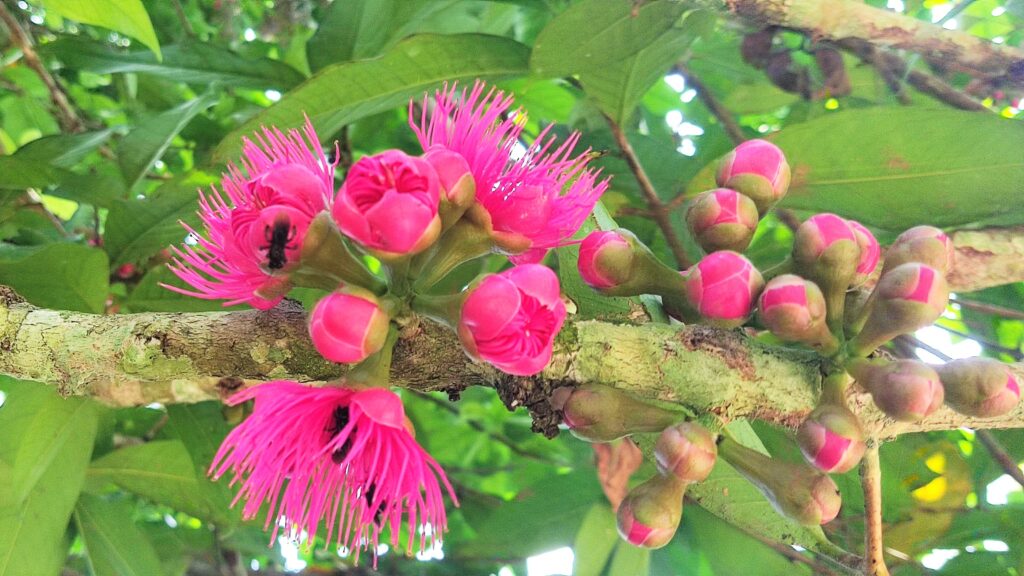Medicinal Plants in the Amazon Rainforest
and Their Importance for Pharmaceutical Research
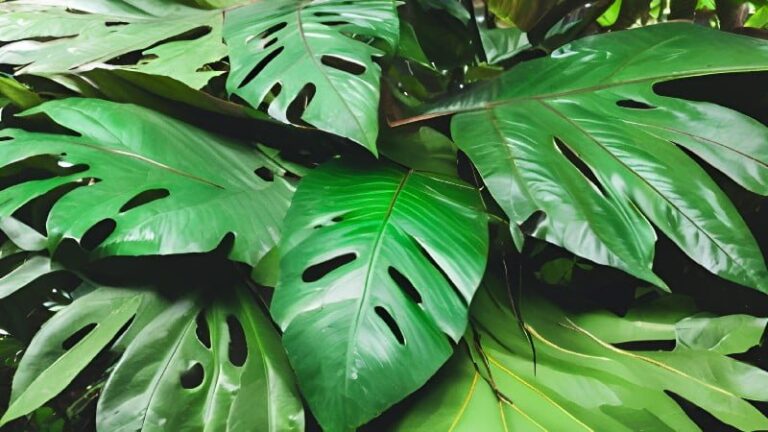
The Amazon rainforest is home to an incredible diversity of plant and animal species, many of which have yet to be discovered or studied. Among the most important of these are many medicinal plants in Amazon rainforest regions, which have been used by indigenous communities for centuries to treat a wide variety of ailments. With modern advances in pharmaceutical research, these plants have become an increasingly important source of new drugs and treatments, offering hope for the treatment of some of the world’s most pressing diseases.
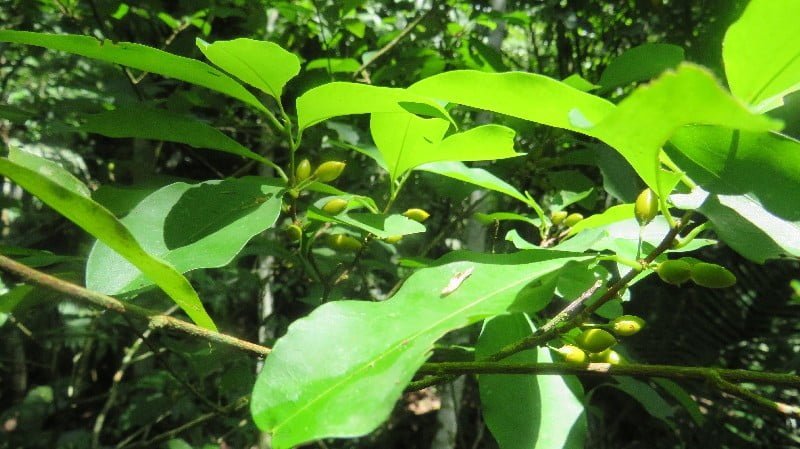
One of the biggest challenges in pharmaceutical research is discovering new drugs and treatments that are both effective and safe. In this regard, medicinal plants from the Amazon rainforest offer several advantages. First, many of these plants have been used for centuries by indigenous communities, providing a rich history of use that can offer important insights into their safety and efficacy. Additionally, because these plants have evolved in the complex and diverse ecosystem of the rainforest, they often contain a wide range of chemical compounds, making them a rich sourceof potentially useful drugs.
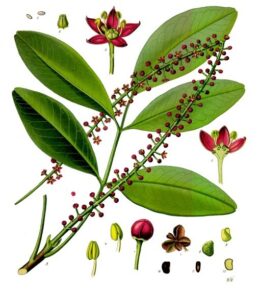
The use of medicinal plants from the Amazon rainforest in pharmaceutical research has already led to the development of several important drugs. One of the most famous examples is the drug pilocarpine, which is used to treat dry mouth and dry eyes in people with Sjogren’s syndrome. Pilocarpine is derived from the jaborandi plant, which is native to the Amazon rainforest. Another example is the drug aspirin, which is derived from the bark of the willow tree, a close relative of many Amazonian plants.
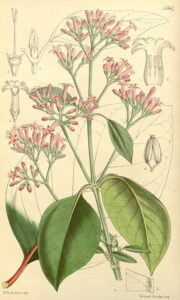
The Amazon rainforest is one of the world’s largest natural pharmacies, with many of its plants containing potent chemicals that have been found to have significant medicinal properties. Some of the most promising plants include the cinchona tree, which contains quinine, a drug used to treat malaria, and the curare vine, which contains a powerful muscle relaxant used in surgery. Additionally, the Amazon rainforest is home to many plants with potential anti-cancer properties, including the South American yew and Maytenus ilicifolia.
The loss of the Amazon rainforest would have a devastating impact on the future of pharmaceutical research and drug development. With so many of the world’s most promising medicinal plants and other species found only in the Amazon, the destruction of this ecosystem would represent an irreparable loss of biodiversity, with far-reaching implications for the future of human health. In addition, the loss of the rainforest would also mean the loss of traditional knowledge of medicinal plants held by indigenous communities, which has been developed over centuries of use.
